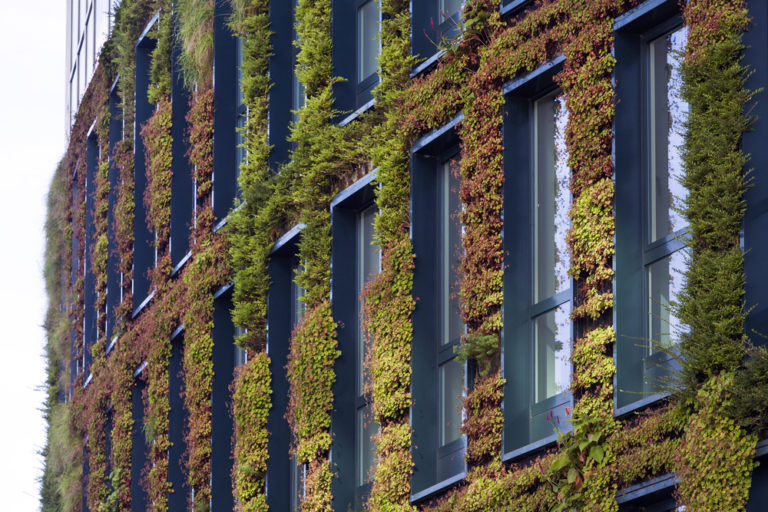Brisbane shows it’s possible to create a building with low carbon emissions, as global organisations commit to ‘net zero’ targets for the construction industry.
Cities are responsible for producing more than 70 percent of global carbon emissions.
The main culprit? Commercial buildings.
But this could eventually change, as world and industry leaders begin to embrace more sustainable policies in metropolitan areas.
In Australia, the Green Building Council of Australia (GBCA) has launched a ‘net zero’ building certification and training program – working with the World Green Building Council to tackle climate change by following the Paris Agreement.
Romilly Madew, Chief Executive Officer of the GBCA, said the construction industry must strive to create ‘no carbon’.
“Our built environment presents some of the cheapest and fastest opportunities to reduce our emissions – and we can do this with proven and readily-available technologies,” Mr Madew said.
Similar organisations in Brazil, Canada, Germany, India, the Netherlands, South Africa and Sweden have also committed to achieving a carbon zero certification.
The World Green Building Council is striving to create ‘net zero’ buildings that either consume net zero energy or produce net zero carbon emissions on a yearly basis.
Their goals for the long-term include:
– All new buildings and major renovations are net zero by 2030
– 300 000 professionals to be trained on net zero buildings by 2050
There are already hundreds of net zero commercial buildings around the world – proving this goal is more than a lofty pipe dream. It’s actually possible.
In Australia, Brisbane is leading the way, by hosting the first building to formally and publicly adopt the Australian Sustainable Built Environment Council’s definition of zero-carbon.
The building, called 69 Roberson Street, is located in Brisbane’s Fortitude Valley. It has reduced operational carbon emissions by 53 percent, by making improvements to the facade and integral building services.
But the innovation doesn’t end there. Further energy savings of 28 percent are made possible by a roof-mounted solar PV system. The building also features daylight-controlled LED lighting and heat-recovery air conditioning systems.
Other innovative touches include the selection of drought tolerant plants, sustainable materials and transport initiatives (such as improved pedestrian access to nearby public transport).
This is the first Australian building to be awarded a ‘
6 Star Green Star Design and As Built v.1.1′ rating, as well as a ‘
6 Star NABERS Indoor Environment’ rating.
With energy costs hitting the 80 percent mark, this project serves as a timely reminder that it’s possible for the construction industry to stand at the forefront of ecological progress in Australia.



